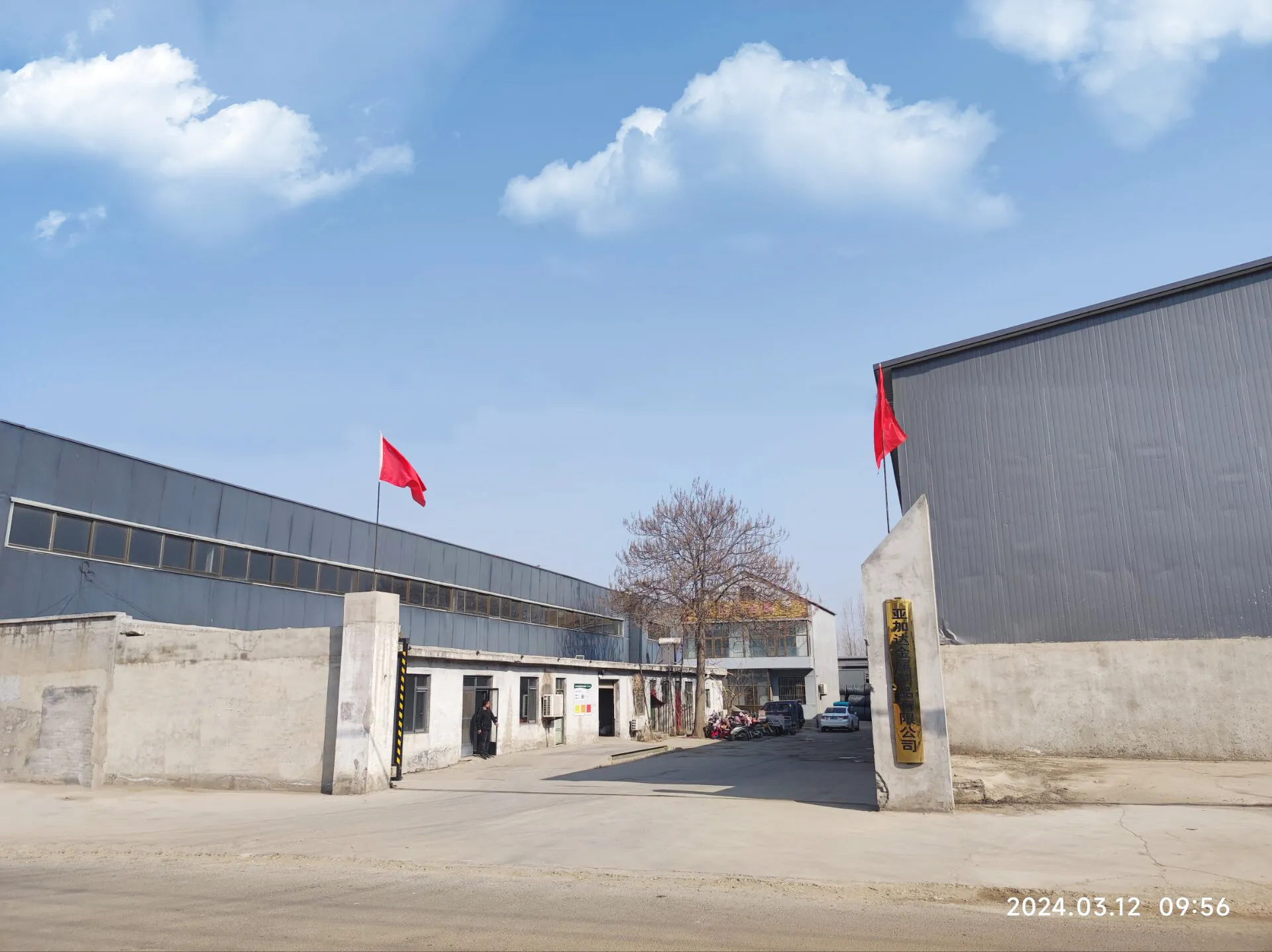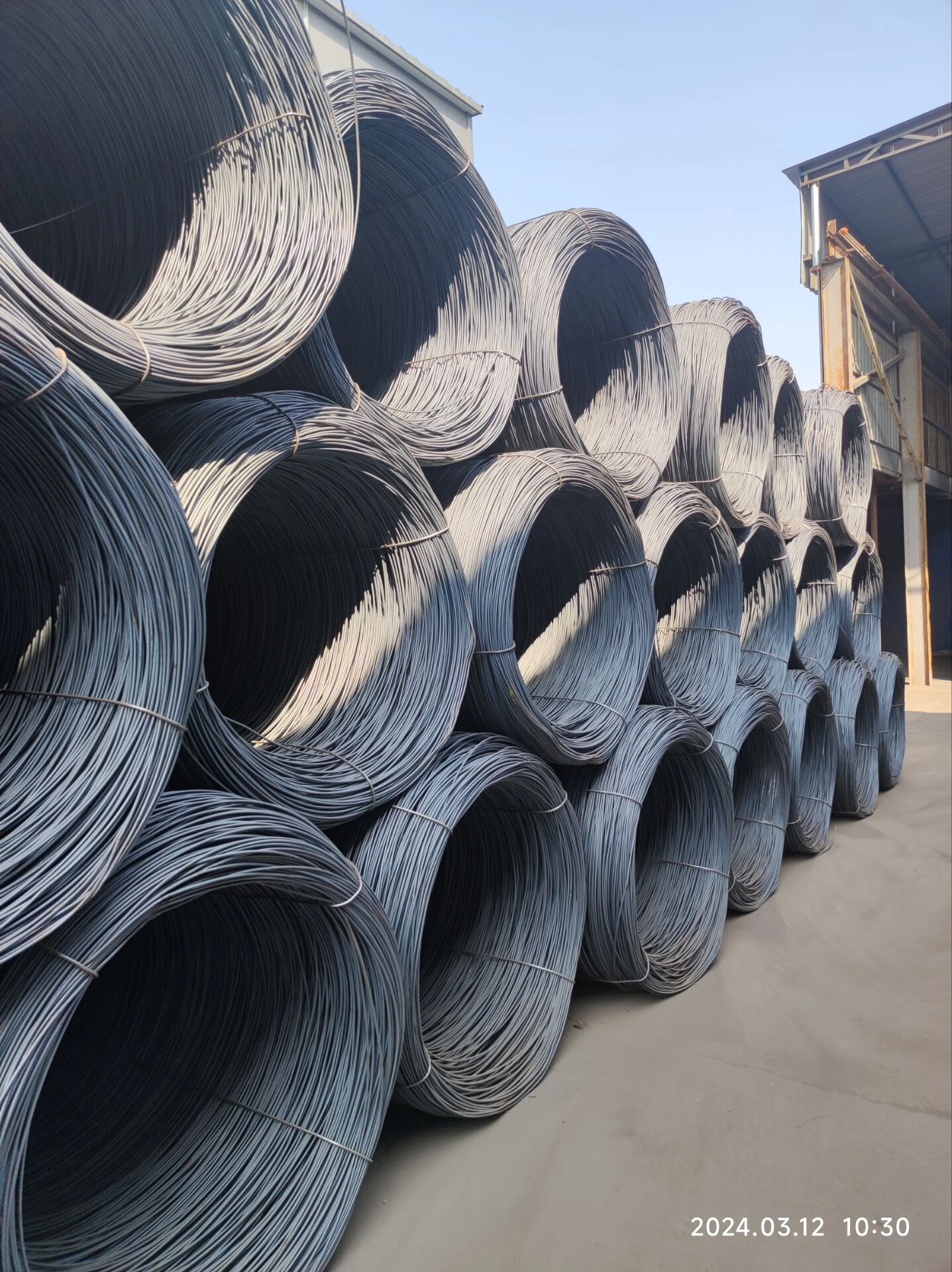- Overview of 358 anti climb mesh
security applications - Technical specifications and performance data analysis
- Comparative advantages over conventional security barriers
- Evaluation of leading anti climb mesh manufacturers
- Custom configuration options for specialized requirements
- Documented implementation case studies
- Future developments in perimeter security systems

(358 anti climb mesh)
Understanding the Critical Role of 358 Anti Climb Mesh in Perimeter Security
Perimeter breaches cost organizations an average of £15,000 per incident according to National Crime Prevention Council statistics. High-security facilities increasingly rely on anti climb welded mesh to combat intrusion attempts. The patented 358 anti climb mesh configuration features 12.7mm x 76.2mm rectangular apertures - precisely engineered dimensions that prevent fingers and climbing equipment from gaining traction. Prison authorities report 83% fewer successful escape attempts after replacing conventional fences with 358 mesh systems. Beyond correctional facilities, this security fencing protects over 300 airports and 2000+ power stations worldwide. The welded joint design creates structural integrity superior to chain link alternatives, supporting impact resistance exceeding European safety standard EN1434 requirements.
Technical Specifications and Performance Data
Precision manufacturing differentiates certified 358 mesh from imitation products. Genuine security mesh utilizes 3.55mm high-tensile steel wire vertically welded every 76.2mm with 4.7mm horizontal reinforcement. This configuration yields 7.15kN/mm² tensile strength - 43% higher than standard chain link fencing. Impact resistance testing demonstrates remarkable durability:
| Impact Test Type | Result | Standard |
|---|---|---|
| Drop Weight Impact (30kg) | Zero aperture deformation | PAS 68 |
| Static Load Resistance | Withstands 135kg point load | ISO 22443 |
| Cyclic Stress Testing | 300% longer lifespan | EN 10223-3 |
The unique aperture geometry prevents handholds while maintaining 42% transparency for CCTV surveillance. Galvanized coatings deliver 20+ years corrosion resistance in coastal environments without compromising structural integrity.
Advantages Over Conventional Security Barriers
Traditional chain link fencing requires barbed wire additions to approach anti climb effectiveness, increasing installation costs by 40%. Anti climb chain link fence alternatives present vulnerabilities where diagonal mesh patterns create climbing footholds. Welded mesh installations show 67% faster deployment times than layered security solutions, with minimal maintenance requirements. Physical security audits reveal standard chain link barriers permit penetration in under 90 seconds, whereas 358 systems consistently exceed 15-minute forced-entry resistance. Additional security benefits include elimination of cut-through vulnerabilities and reduced surveillance costs due to unobstructed sightlines.
Industry Leader Manufacturing Comparison
Selecting certified manufacturers ensures compliance with international security standards. The leading producers consistently demonstrate superior quality control:
| Manufacturer | Certifications | Gauge Thickness | Lead Time | Galvanization |
|---|---|---|---|---|
| Fortress Fencing | ISO 9001, Secured by Design | 4.0mm ±0.05mm | 4 weeks | Z600 coating |
| Jacksons Security | CPNI Approved, PAS 68 | 3.85mm ±0.1mm | 6 weeks | Z275 coating |
| Came Barriers | ISO 14001, LPS 1175 | 4.2mm ±0.15mm | 3 weeks | Z350 coating |
Premium manufacturers maintain tolerances within 0.1mm dimensional accuracy through automated robotic welding systems. Unlike budget alternatives, certified producers conduct destructive testing on 5% of production batches to verify weld integrity.
Custom Configuration Solutions
Specialized security scenarios demand tailored configurations beyond standard 2.4m panel heights. Industrial facilities requiring blast protection implement double-layer mesh systems with 300mm separation, increasing impact resistance by 270%. Correctional facilities frequently specify panel-integrated detection systems with 45 microphones per linear meter identifying cutting attempts within 3 seconds. Transportation authorities increasingly combine anti climb welded mesh with 10,000V capacitance detection systems. Urban architectural adaptations include powder-coated black mesh achieving 8.3% solar absorption rates. For irregular terrains, articulated panel designs accommodate 35-degree slopes while maintaining security grade.
Documented Implementation Case Studies
Manchester Airport's perimeter upgrade with 358 mesh across 17km eliminated 43 annual intrusion incidents completely. The project incorporated inclined top sections angled at 45 degrees toward approach vectors, a configuration demonstrated to deter 79% of climbing attempts. London Underground substations reported 92% reduction in copper theft after installations backed by UK Power Networks. Dubai's maximum-security correctional facility utilized 9m curved cantilever extensions eliminating climbing leverage. Each project confirms measurable security improvements:
| Project | Installation Scale | Security Impact |
|---|---|---|
| Bank Data Centers | 24 facilities | Zero successful breaches in 4 years |
| National Grid Substations | 412 locations | £1.2M annual theft reduction |
| Educational Campuses | 74 schools | 81% vandalism reduction |
Why 358 Anti Climb Mesh Continues Evolving Security Solutions
Perimeter protection technologies continuously advance, yet 358 anti climb mesh maintains dominance for physical barriers due to its uncompromised anti climb performance. Recent innovations include radar-absorbent coatings reducing detection signatures for military applications and friction-resistant treatments hindering cutting equipment. Smart installations now incorporate laser sensors detecting mesh vibrations within 0.8-second response times. As manufacturers develop integrated camera tracking systems following movement along the barrier line, this established security solution demonstrates remarkable adaptability to emerging threats. With over 3500 global installations annually, anti climb chain link fence alternatives cannot match the certified performance legacy of true 358 systems.

(358 anti climb mesh)
FAQS on 358 anti climb mesh
Q: What is 358 anti climb mesh?
A: 358 anti climb mesh is a heavy-duty welded steel mesh with 3mm wire, 50mm horizontal spacing, and 76.2mm vertical spacing. Its small apertures and robust design make it nearly impossible to climb, ideal for high-security areas like prisons and airports.
Q: How does anti climb welded mesh differ from standard chain link fencing?
A: Anti climb welded mesh has smaller apertures and thicker wires than standard chain link fences, providing superior resistance to cutting and climbing. Its rigid welded structure also prevents distortion under stress, enhancing security.
Q: Where is anti climb chain link fence commonly used?
A: Anti climb chain link fence is used in high-security zones such as government facilities, industrial sites, and public infrastructure. Its durable design deters intruders while allowing visibility for surveillance.
Q: Can 358 anti climb mesh withstand extreme weather conditions?
A: Yes, 358 anti climb mesh is galvanized or powder-coated to resist corrosion, rust, and UV damage. This ensures long-term durability in harsh environments, including coastal areas and industrial settings.
Q: Is anti climb welded mesh difficult to install?
A: While installation requires professional tools and expertise, anti climb welded mesh panels are prefabricated for efficient mounting. Proper anchoring and post spacing are critical to maintaining its anti climb properties.

















